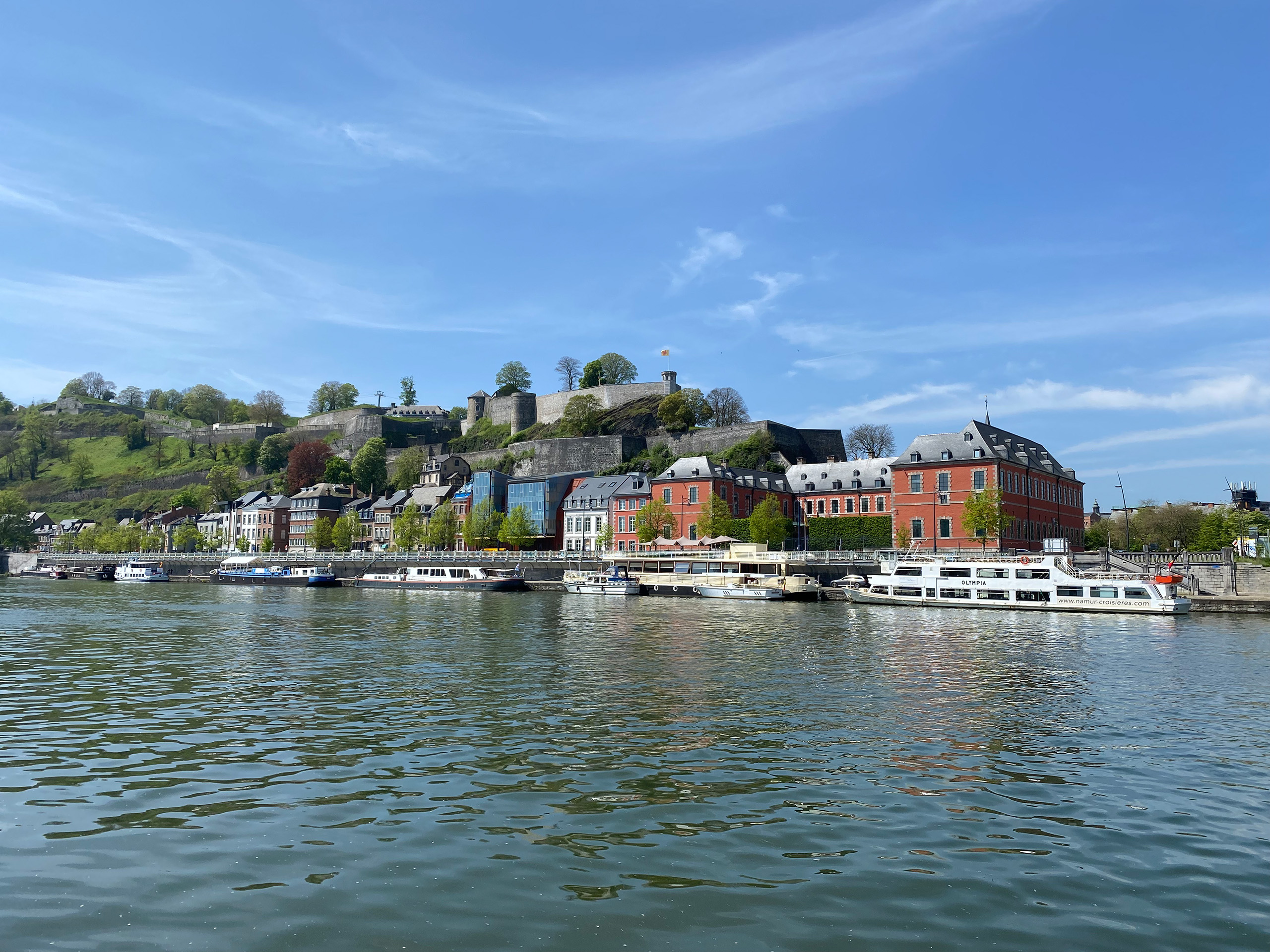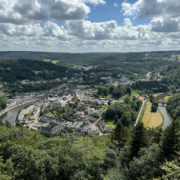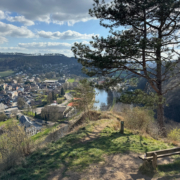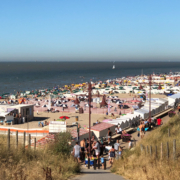The Belgian Meuse Valley: full of Contrasts and Charm

The Meuse is one of Western Europe’s great rivers. It rises in France near the village of Pouilly-en-Bassigny and winds its way for more than 900 kilometers through France, Belgium, and the Netherlands before flowing into the sea at Rotterdam. In Belgium, the river cuts through the heart of Wallonia, shaping the landscape, the cities, and the history of the region. Its character is remarkably diverse.
North Meuse
A striking feature is the contrast between the two main Belgian sections of the river, north and south of Namur. To the north, between Namur and the Dutch border, the Meuse runs through a densely populated and historically heavily industrialized area. The Liège region, roughly from Huy to Visé, developed into a center of the steel and coal industry in the 19th century. Although heavy industry has largely disappeared, its legacy still defines the region today. Travelers here sense the tension between the river as a natural space and the industrial cities that played a key role in Belgium’s economic history.
South Meuse
South of Namur, the Meuse takes on a completely different appearance as it flows upstream toward the French border. Here the valley reveals itself as one of Belgium’s most beautiful holiday regions. Steep cliffs, dense forests, and small villages alternate with castles and old monasteries.
Namur itself, where the Sambre flows into the Meuse, is the capital of Wallonia, dominated by its imposing citadel. The very picturesque city with its old town, beautiful churches and riverbanks serves as a lively starting point for exploring the valley further.
At the southern end lies Dinant, one of the best-known towns on the Meuse and a true postcard image of Belgium. Wedged between sheer cliffs and the river, it looks almost like a stage set. Dinant is famous for its cathedral with the distinctive onion-shaped tower, for the citadel above, and not least as the birthplace of Adolphe Sax, the inventor of the saxophone. From here, the valley can be explored both on foot and by water, as hiking and boat tours are especially popular in this region.
Between Namur and Dinant, smaller villages offer a quieter impression of the Meuse. Here, the focus is less on landmarks and more on the sense of a landscape deeply interwoven with life along the river. Closer to the French border, the valley becomes lonelier and wilder before the Meuse finally leaves Belgium near Givet. The stretch that follows, as far as Charleville-Mézières in France, is also part of the Ardennes natural region and is considered highly scenic, though it remains little developed for tourism.
Anyone who follows the Meuse over a longer distance experiences a journey from industrial cityscapes to almost untouched river valleys – a panorama that powerfully reflects the diversity of Belgium.

 © VisitBelgium.net
© VisitBelgium.net © VisitBelgium.net
© VisitBelgium.net © VisitBelgium.net
© VisitBelgium.net © VisitBelgium.net
© VisitBelgium.net © VisitBelgium.net
© VisitBelgium.net
 © VisitBelgium.net
© VisitBelgium.net © VisitBelgium.net
© VisitBelgium.net
Leave a Reply
Want to join the discussion?Feel free to contribute!